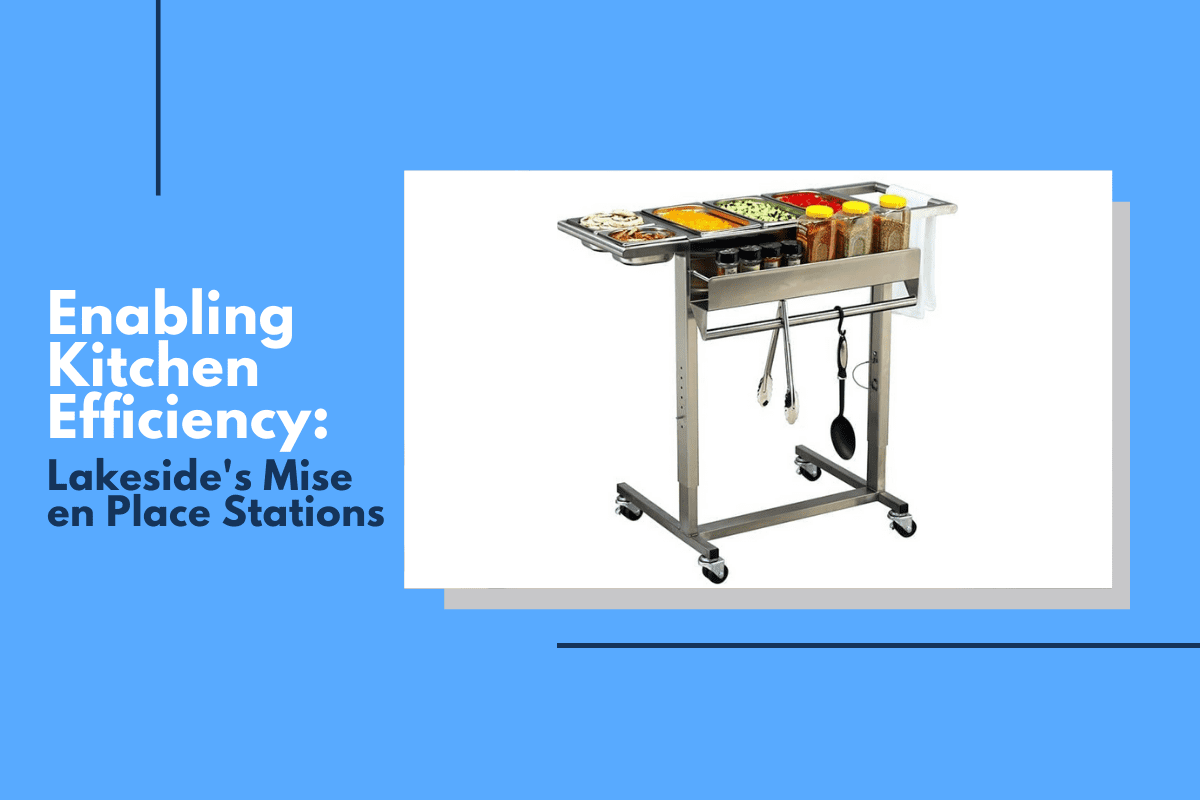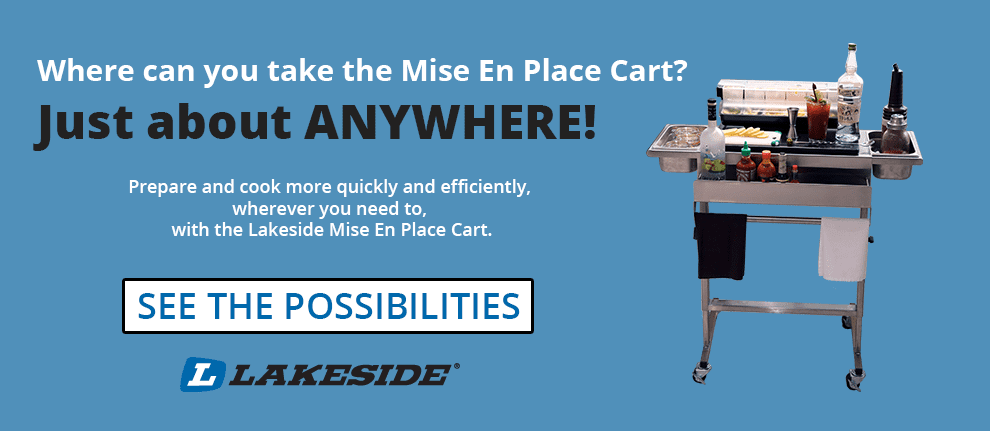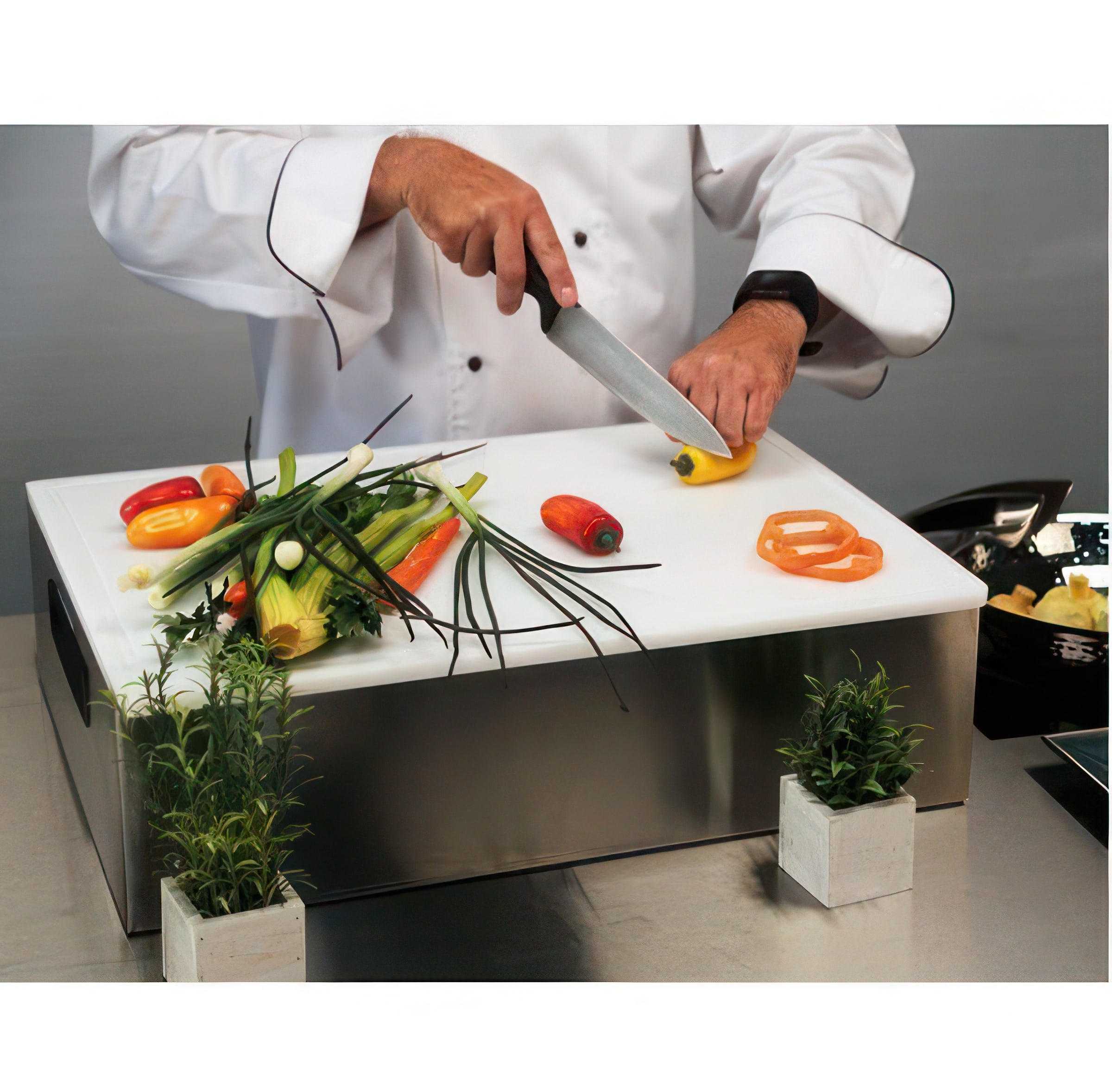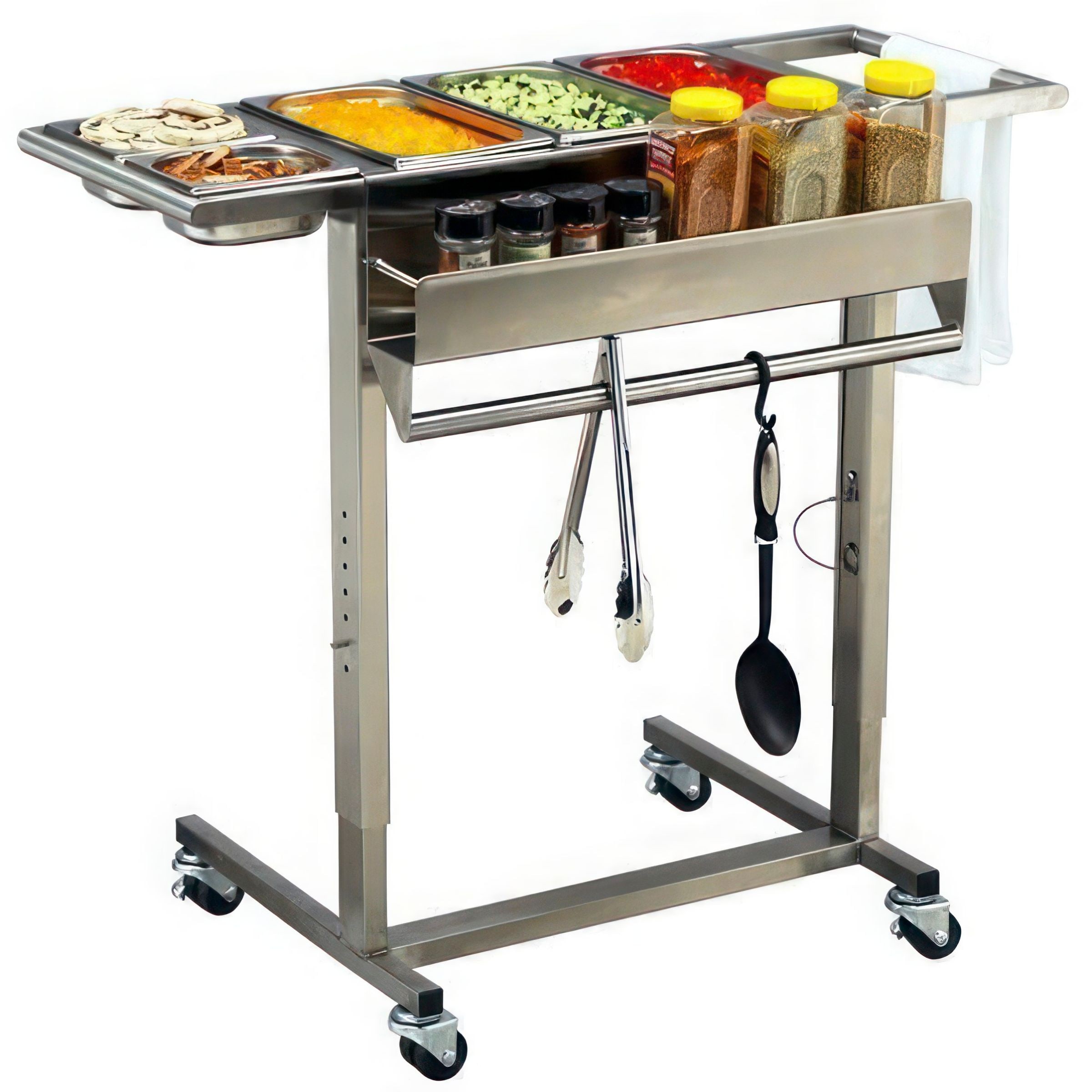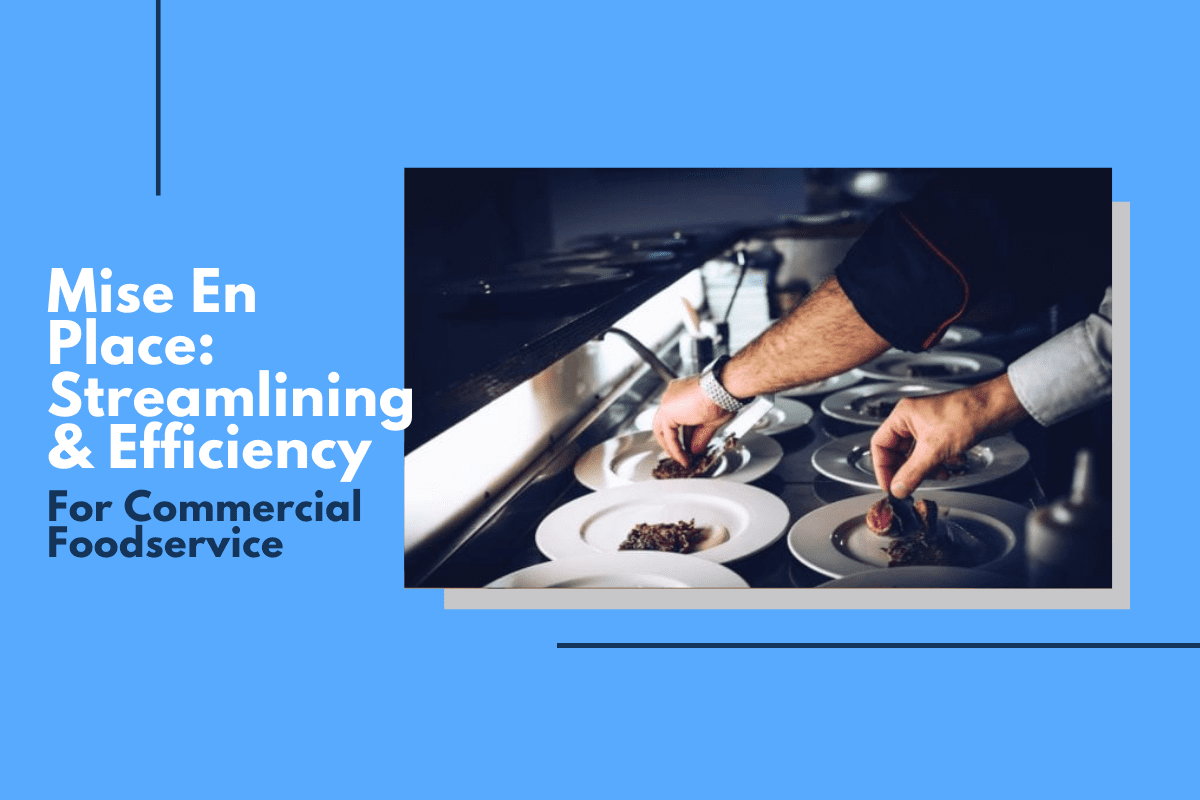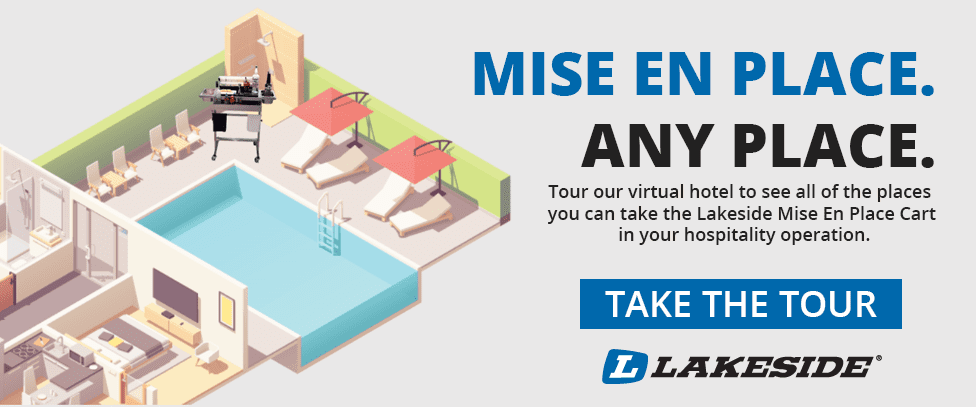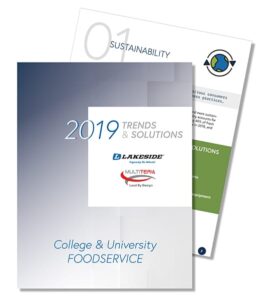
As we’ve seen over the last few weeks and months, the coronavirus and the subsequent disease it causes, COVID-19, can have horrific effects on the residents and staff in senior care communities.
In part, this is likely due to the fact the disease has harsher impacts on our older population. It is also likely attributed to the close quarters in which everyone lives in senior care and long term communities. This means it’s even more important to make sure meal preparation and delivery are completed with care.
As a result, the Centers for Medicare and Medicaid Services (CMS) have issued new guidelines for these types of operations. It puts critical limitations on visitors and personnel who have access to senior and long-term care communities in order to help shield residents from potential infection.
“As we learn more about the Coronavirus from experts on the ground, we’ve learned that seniors with multiple conditions are at the highest risk for infection and complications, so CMS is using every tool at our disposal to keep nursing homes free from infection,” said CMS Administrator Seema Verma. “Temporarily restricting visitors and nonessential workers will help reduce the risk of Coronavirus spread in nursing homes, keeping residents safe. The Trump Administration is working around the clock to ensure the continued safety of America’s health care system, particularly nursing homes.”
This is where the SuzyQ Cart System can help foodservice directors.
We’ve talked about how SuzyQ can benefit both residents and operators in a dining room setting. There’s no doubt it can help solve labor challenges and provide for self-determined meal choices in group settings, but it can also do that in other ways, as well.
One of the ways senior care communities are required to fight the potential spreading of the coronavirus is to eliminate meal times in the dining hall to avoid a cluster of too many people at once. As a result, these meals are now being taken directly to the residents’ rooms for in-room dining.
Now, this is where self-determined meals can be even more important. Because foods need to be transported across longer distances, preserving the quality of food and providing residents with choice a critical way to meet person-centered guidelines while avoiding food waste and preserving safety.
The state-of-the-art delivery SuzyQ Cart System contains features that provide these types of benefits. It’s guest-pleasing and cost-saving for operators.
Watch the recorded webinar for free from Registered Dietitian and Certified Dietary Manager, Suzanne Quiring for a review of COVID19 and what Food Service professionals need to lean into during this national crisis. Topics covered:
- Infection control
- Good food handling techniques
- Sanitation
- Staff communication
- Practical ideas on providing meal service when a dining room can’t be used
- Resources to support your leadership role needs during this uncertain time


